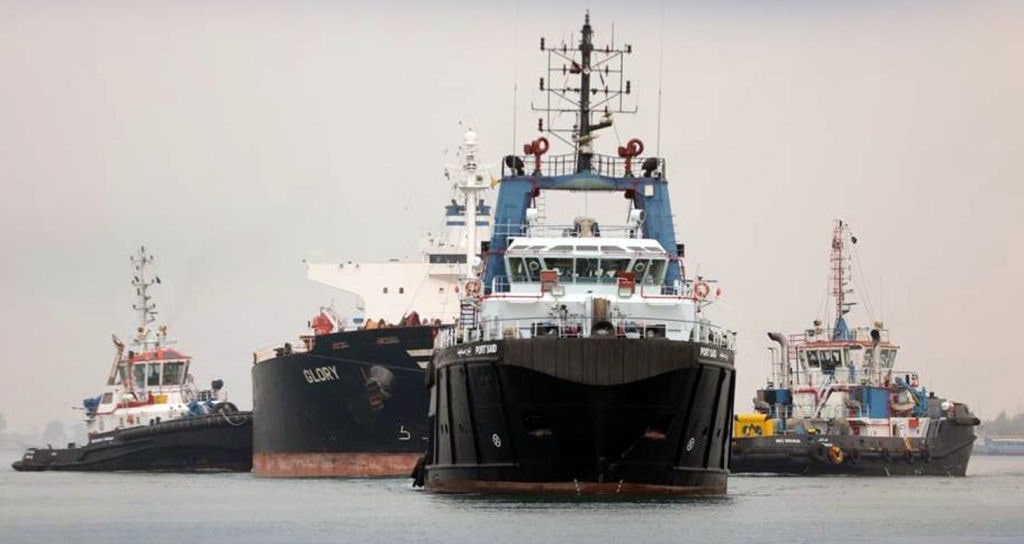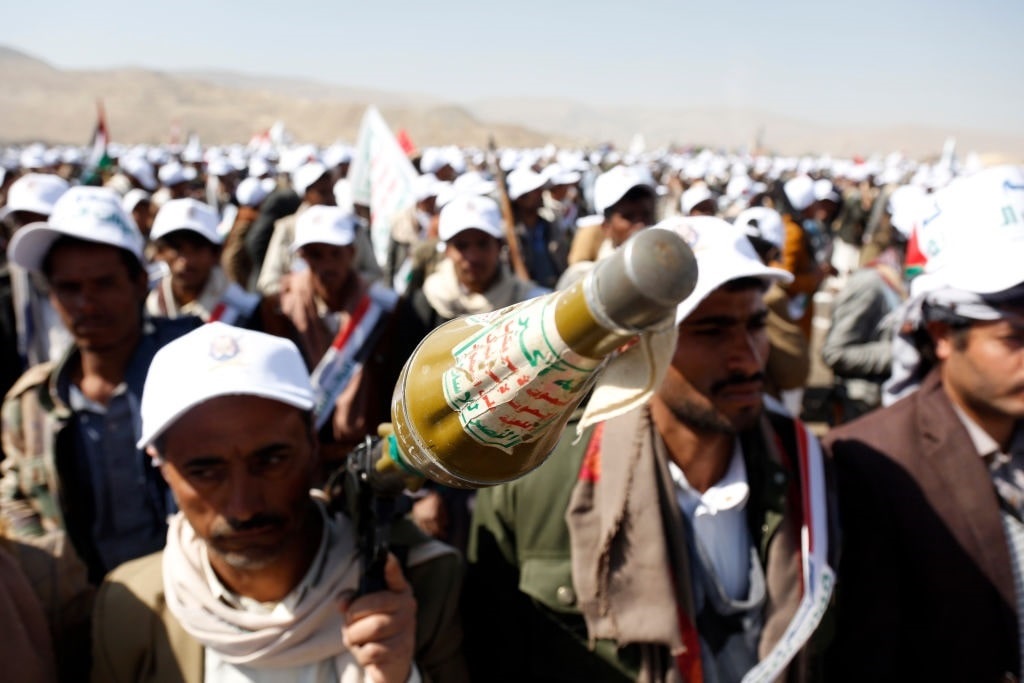The US Department of Defense (DOD) announced the formation of an international force to stop Iran-backed Yemeni Houthis from launching drones, cruise missiles, and rockets at merchant ships in the Red Sea. To ensure the safety of sea lanes for commercial vessels, Operation Prosperity Guardian (OPG) will bring together a multinational force.
Houthis Threaten Merchant Shipping
The US has been criticized for not being proactive in addressing the Houthis’ attacks on Red Sea shipping, providing only a modest defensive shield allowing several merchant ships to be attacked and damaged. In a Dec. 18 press release, Secretary of Defense Lloyd J. Austin III explained that attacks from the Houthis in Yemen threatened the peaceful transit of commerce through the Red Sea and violated freedom of navigation and international maritime law. Since Oct. 19, when the Pentagon press secretary, US Air Force Brig. Gen. Patrick Ryder, confirmed Iran-sponsored Houthis were responsible for air attacks in the Red Sea, solutions have come slowly. Numerous drone and missile attacks on container and oil tankers have prompted shipping companies to find other routes. Reuters reported:
“Denmark’s A.P. Moller-Maersk on Friday (Dec. 15) paused all its container shipments through Bab al-Mandab until further notice and was joined on Saturday (Dec. 16) by the Swiss-based MSC and French shipping group CMA CGM. ‘The situation is further deteriorating and concern for safety is increasing,’ CMA CGM said in a statement. German container line Hapag Lloyd has said it might do the same.”

(Photo by Suez Canal Authority / Handout/Anadolu Agency via Getty Images)
Reports from shippers estimate an alternative route around the Cape of Good Hope, South Africa, would increase the voyage by ten days or more. “The Red Sea is the superhighway to the Suez Canal…(The) Suez Canal sees 50-60 vessels transiting each day for about 19,000 each year, including about 30% of global container traffic,” according to Freightwaves, a shipping trade news source. The US had to respond because conditions in the Bab al-Mandab straits have become increasingly hazardous. “The recent escalation in reckless Houthi attacks originating from Yemen threatens the free flow of commerce, endangers innocent mariners, and violates international law. The Red Sea is a critical waterway that has been essential to freedom of navigation and a major commercial corridor that facilitates international trade,” Austin said.
The multi-nation maritime defense force will include the United States and the United Kingdom, Bahrain, Canada, France, Italy, Netherlands, Norway, Seychelles, Spain, and Canada. OPG will come under the existing 39-nation Combined Maritime Forces (CMF) within Task Force 153 for command, control, and organizing structure. At the time of Austin’s announcement, the CMF would be used as a deterrent to persuade the Houthis to cease the attacks.
According to a Defense News account, Britain has committed the HMS Diamond, a guided missile destroyer with air defense weapons that destroyed one Houthi drone. Italy will do its part by sending a “multi-mission” frigate, Virginio Fasan. France has offered the multi-mission frigate Languedoc, which has been sailing in the Red Sea for nearly three weeks and has shot down two drones coming from Yemen. The Netherlands and Norway are providing two and ten staff officers, respectively.
Rules of Engagement Unclear
What has not been made clear are the rules of engagement. “We don’t know how it will operate or if the rules of engagement will go beyond those already in place. We also don’t know if the existence of the OPG will actually deter any actions or if it will incite them,” Howard Altman wrote for The War Zone. Is the CMF relegated to a defensive role as US ships patrolling the Red Sea, the Bab al-Mandab, and the Gulf of Aden have been? Or will the CMF be allowed to take the fight to the Iran-backed Houthis, or better yet, to send a loud message to Iran that its proxies’ behavior will have consequences for Tehran? In a little over two months, the US Navy has intercepted and shot down 38 unmanned aerial vehicles and a variety of cruise missiles and ballistic missiles. It’s just a matter of time before one of the drones or missiles makes it through and hits a US warship or one of the vessels of the CMF.
Since the US Navy, the French Navy, the British Royal Navy, and the Italian Navy all have destroyers or frigates in the region with numerous Houthi-launched drone and cruise missile kills, it is not clear what the deterrent impact will be. Houthis, with an impressive supply of Iranian drones along with cruise and ballistic missiles, seem to be undeterred. Reports from the region explain the USS Carney has been using Standard Missile-2s (SM-2) at about $2.1 million each to take down $2,000 Shahed-136 Iranian-made drones with 88-pound warheads. This, of course, raises an issue. The Iranians can probably build and replace cheap drones faster than the US can resupply expensive air defense missiles – it just isn’t cost effective.
It’s not hard to understand why the SM-2 anti-aircraft missile is preferred, however. An incoming drone or cruise missile can be engaged and killed as far away as 130 nautical miles, destroying the threat before it can be a danger to the ship and crew. Lower-cost options like the Close-in Weapon System, a Gatling gun firing 20mm shells, can engage sea-skimming cruising missiles out to one nautical mile, but that is closer than most skippers would like to be to a threat. Though it isn’t part of the US and its allies’ thinking so far, one option is to kill the Houthis when they prepare to launch drones and missiles, destroy the terrorists’ headquarters, or attack Iran’s oil terminals in the Straits of Hormuz. It worked before when former President Ronald Reagan took action to discourage Iran’s bad behavior, and it might work again – if the current leaders have it in them.
The views expressed are those of the author and not of any other affiliation.




